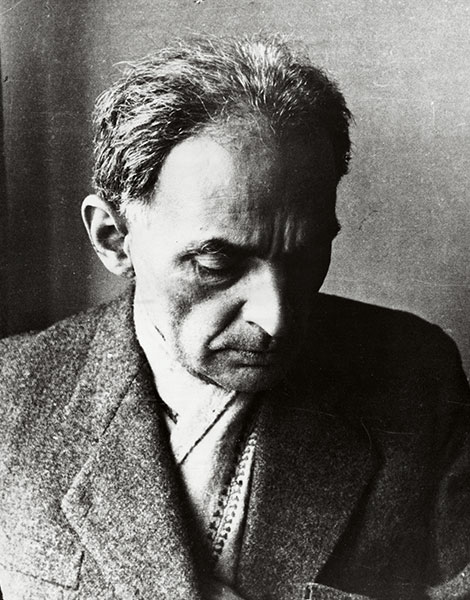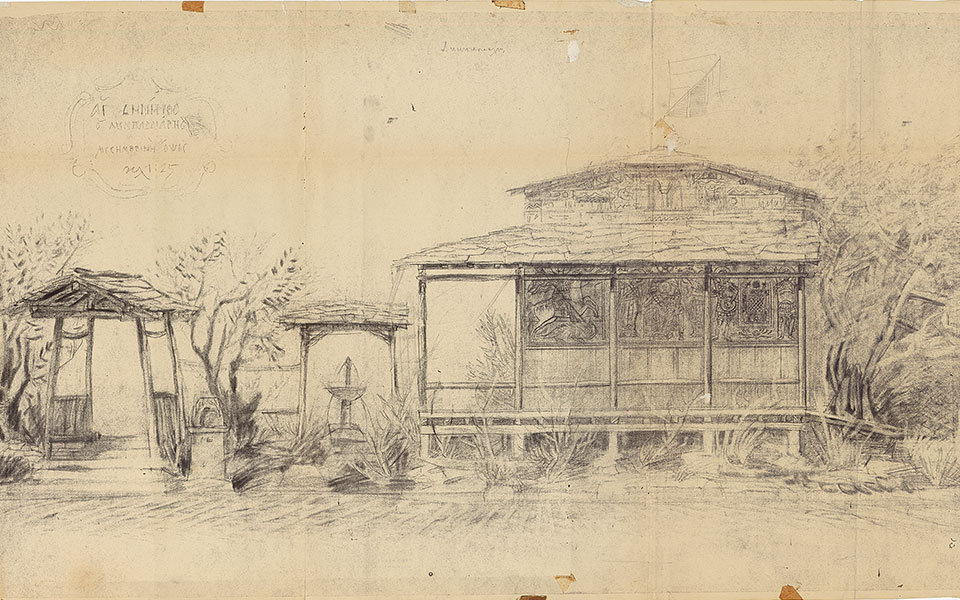Dimitris Pikionis was an artist born in Piraeus on January 26, 1887. He was the man responsible for reshaping the area surrounding the Acropolis and the Filopappou Hill, creating a more inviting area for both locals and tourists.
Pikionis was said to have been influenced by a number of different and multicultural art schools, from the traditional Byzantine that was found in the villages of Chios, all the way to the simplistic style of Japan. Those influences can be found within his many works.
Here are the five most important things you need to know about one Greece’s greatest architectural figures:

1. Two of his cousins held high positions within the Greek society. They were the poet Lambros Porfyras and the co-founder of one of the nation’s greatest publications To Vima, Georgios Syriotis.
2. Even though he was an architect, Pikionis’ true passion lied in painting. He had taken courses in Munich and Paris to pursue a career down this path and even attended classes at the Ecole des Beaux-Arts.
3. Between the years of 1935 and 1937, he co-published a magazine titled “Trito Mati” (“Third Eye”) alongside his good friend and fellow architect Nikos Hatzikyriakos-Gkikas.
4. Some of his greatest works, including the reshaping of the area outside the Acropolis leading to the Filopappou Hill, were the creation of an elementary school at the Pefkakia area of Lykavittos, a playground in Filothei, heavily influenced by Japanese architecture and the study on the Fortetza Stronghold in Rethymno.

5. Ware Professor of Architecture at the Graduate School of Architecture, Planning, and Preservation at Columbia University, New York, Kenneth Frampton used these words to describe the work of Pikionis in his anthology of the Greek artist’s creations:
“Somewhere in the sweep of this breaking wave came a point that lay beyond history, wherein the architect arrived at a dematerialized mode of expression that was at once Greek and anti-Greek; Greek in the sense that it was of the place, integrated into the mythos, the landscape, the climate and the way of life; anti-Greek in that much of its inspiration lay elsewhere, remote in space and time, in other far-flung islands, in Honshu and in the archaic pre-Hellenic Aegean under a timeless sun.”
Sources: Greece-is.com and Wikipedia


